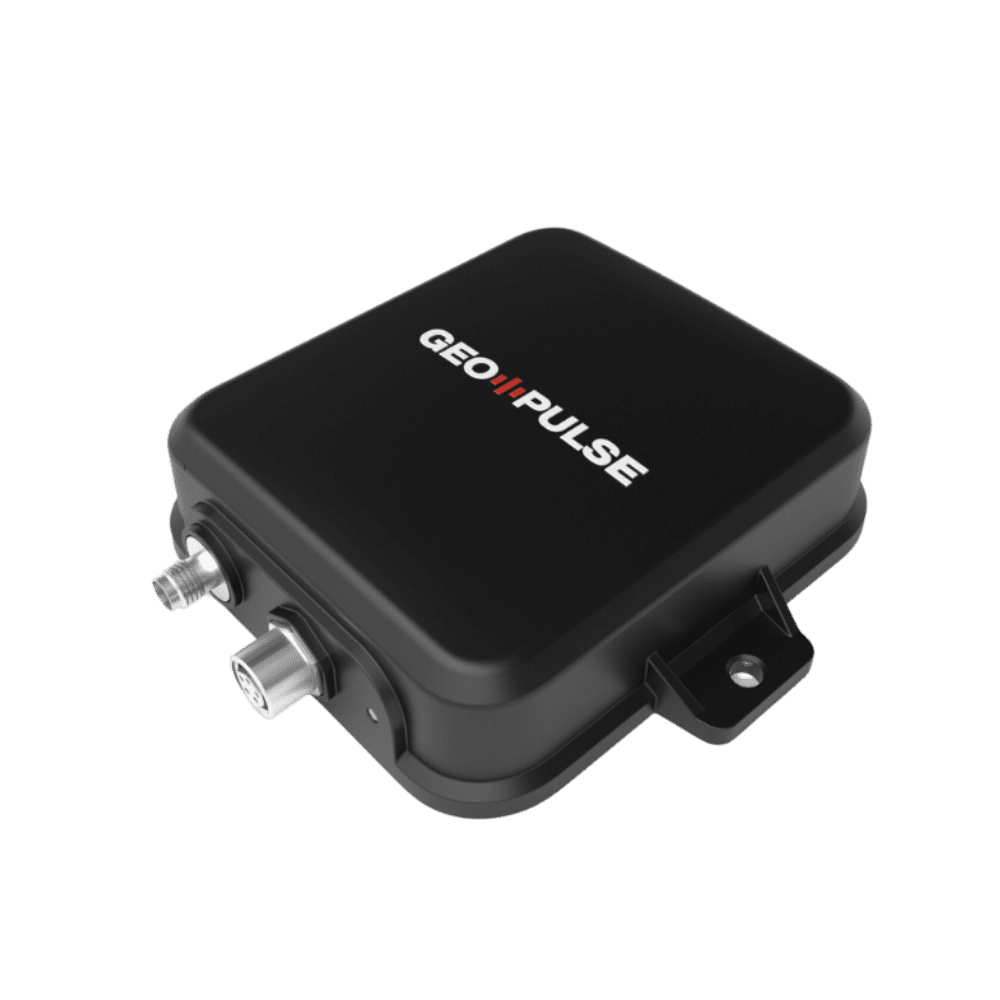Description
ROVR TarantulaX + GEODNET GEO‑PULSE
Combine ±2 cm RTK mapping with ~10 cm lane‑level navigation in one on‑the‑go bundle.
TarantulaX pairs with the ROVR app to deliver dual‑band (L1/L5) RTK precision for mapping and data capture, while GEO‑PULSE connects to the GEODNET network for lane‑level navigation and Token Quests. Quick setup via Bluetooth (and Wi‑Fi for GEO‑PULSE), USB power, and rugged hardware for daily driving.
Key benefits
- Two devices, two missions: ±2 cm RTK mapping with TarantulaX; ~10 cm navigation + quests with GEO‑PULSE
- Fast onboarding: USB power, pair over Bluetooth; GEO‑PULSE app for iOS/Android (Wi‑Fi/BLE)
- Field‑ready: TarantulaX IP67; GEO‑PULSE <200 g and <0.9 W, dash/roof mounting
- Standards‑friendly: NMEA & RTCM 3.2 outputs (TarantulaX); RTK + DR with integrated IMU (GEO‑PULSE)
What’s in the box
- ROVR TarantulaX RTK receiver with USB‑C data/power cable
- GEODNET GEO‑PULSE device with dashboard mount and USB‑C power lead
- Quick‑start guide (pairing, corrections & quest onboarding)
Setup at a glance
- Mount TarantulaX on the vehicle roof (clear sky view) and power via USB; pair in the ROVR Network app.
- The app requests GEODNET RTK corrections (NTRIP) and streams RTCM to TarantulaX for centimeter‑level fixes.
- Place GEO‑PULSE on the dash (or roof), power via USB, install the GEO‑PULSE app (iOS/Android), and connect via Bluetooth/Wi‑Fi.
- Enable RTK navigation and (optional) Token Quests in the app; start driving.
Power & notes
TarantulaX: USB‑powered, IP67; roof placement recommended for best RTK performance. GEO‑PULSE: <0.9 W typical, USB‑A supply with USB‑C lead, <200 g; includes a GNSS re‑radiation booster port for in‑cabin devices. Rewards depend on each network’s rules; no earnings guaranteed.


